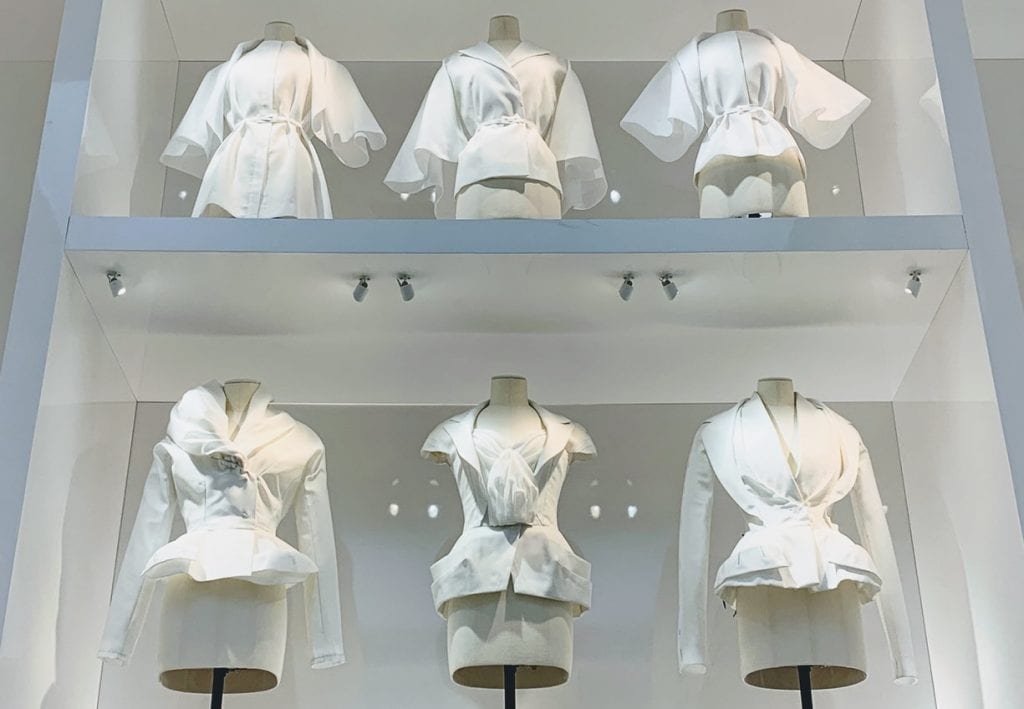“It is not normal to buy winter clothes in May. It doesn’t make sense,” Dries Van Noten said on Tuesday, reflecting on the status quo of the fashion system. More than merely being impractical, the Belgian designer said that such a schedule is “not respectful to the customer, who buys at full price, [only] to see it marked down 50 percent six weeks later.” Joining with Andrew Keith, who is the president of retailers Lane Crawford and Joyce, and Altuzarra chief executive officer Shira Sue Carmi, Van Noten announced a new initiative aimed at fixing fashion.
In an open letter revealed on Tuesday, Van Noten, Keith, and Carmi laid out a number of steps that they say that they hope will enable the multi-trillion dollar fashion industry to “become more responsible for our impact on our customers, on the planet and on the fashion community, and bring back the magic and creativity that has made fashion such an important part of our world.”
Among those steps? “Adjusting the seasonality and flow of both womenswear and menswear goods,” for one thing, starting with the Autumn/Winter 2020 season. Putting the Autumn/Winter season back in winter (August/January) and Spring/Summer season back in summer (February/July) will “create a more balanced flow of deliveries through the season to provide newness but also time for products to create desire,” according to the group. Limiting “discount [to] the end of the season,” i.e., January for Autumn/Winter and July for Spring/Summer, will “allow for more full-price selling.”
Specifically addressing sustainability, the letter proposes some high-level objectives, including an emphasis on producing “less unnecessary product, and less waste in fabrics and inventory,” engaging in “less travel,” “making use of digital showrooms in addition to personal creative interactions, and reviewing and adapting fashion shows.”
“We agreed that the current environment although challenging, presents an opportunity for a fundamental and welcome change that will simplify our businesses, making them more environmentally and socially sustainable and ultimately align them more closely with customers’ needs,” the open letter goes on to state, with Carmi asserting on Tuesday that their “goal” with the open letter is to be” as inclusive as possible.” In other words, “We want as many people as possible to sign on.”
In addition to the initial backing of Van Noten, Keith, and Carmi, the open letter has since been signed off on by an array of designers, including Tory Burch, Proenza Schouler’s Jack McCollough and Lazaro Hernandez, Marine Serre, Craig Green, Erdem Moralioglu, and Gabriela Hearst, among a growing number of others. Also on the list: ACNE CEO Mattias Magnusson, Jil Sander CEO Axel Keller, Dries Van Noten president Matteo De Rosa, Bergdorf Goodman Senior VP Linda Fargo, Nordstrom president and chief brand officer Pete Nordstrom, PR Consulting heads Sylvie Picquet and Pierre Rougier, and Neiman Marcus-owned e-commerce company MyTheresa’s CEO Michael Kliger.
As for what happens once a brand signs the letter and joins the forum, Van Noten, Keith, and Carmi say that they cannot legally hold signatories to the goals they are setting forth. “That would run afoul of antitrust regulations in many countries,” according to Keith. Instead, they view the initiative as a voluntary effort by signatories to work together “to get the seasonal calendar back on schedule, get buying back in line with production flows, get customers clear on what products and what seasons are in store, and hopefully, get designers inspired about how they can work with deliveries in season with products that are appropriate.”











